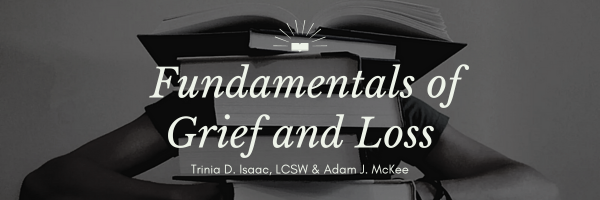Section 3.4 explores the profound influence of Attachment Theory on the experience of loss, highlighting how early attachment patterns shape our responses to grief. Introduced by John Bowlby, Attachment Theory explains how the bonds formed with primary caregivers in childhood establish frameworks for future relationships and stress responses, including how we cope with loss. This section unveils how secure, anxious, avoidant, and disorganized attachment styles distinctly impact the grieving process, affecting emotions, behaviors, and the overall journey of healing.
Through understanding these attachment styles, we gain invaluable insights into the diverse ways individuals process grief, enabling more empathetic and effective support. The section further delves into the utilization of Attachment Theory within bereavement counseling, illustrating its significance in tailoring interventions to facilitate emotional processing and adaptation after loss. Concluding with a reflection on the critical role of recognizing attachment patterns in grief support, this section underscores the necessity of a nuanced approach to aiding those navigating the transformative experience of loss.
Reading Assignment for Section 3.4
Read the following subsection from our online textbook: Section 3.4: Attachment Theory and Loss.
What You Will Learn
In this section, you’ll explore the profound influence of Attachment Theory on the experience of loss, learning how early attachment patterns shape our responses to grief. You’ll understand how secure, anxious, avoidant, and disorganized attachment styles distinctly impact the grieving process, affecting emotions, behaviors, and the overall journey of healing. Additionally, you’ll gain insights into using Attachment Theory in bereavement counseling to provide empathetic and effective support tailored to individual needs.
Student Learning Outcomes for Section 3.4
- SLO 1: Analyze how early attachment experiences influence individual responses to loss.
- SLO 2: Distinguish between secure, anxious, avoidant, and disorganized attachment styles in the context of grief.
- SLO 3: Evaluate the impact of different attachment styles on the grieving process and adaptation.
- SLO 4: Apply Attachment Theory principles in bereavement counseling to support diverse grieving experiences.
- SLO 5: Develop strategies to enhance resilience and healing in individuals based on their attachment style.
Modification History File Created: 06/24/2024 Last Modified: 06/24/2024
You are welcome to print a copy of pages from this Open Educational Resource (OER) book for your personal use. Please note that mass distribution, commercial use, or the creation of altered versions of the content for distribution are strictly prohibited. This permission is intended to support your individual learning needs while maintaining the integrity of the material.
This work is licensed under an Open Educational Resource-Quality Master Source (OER-QMS) License.

